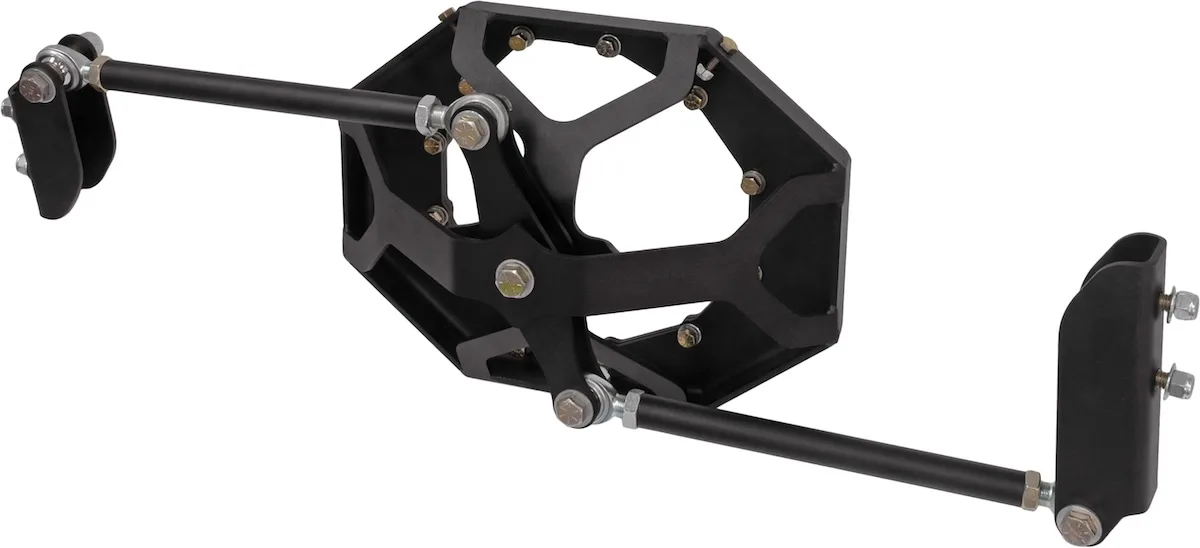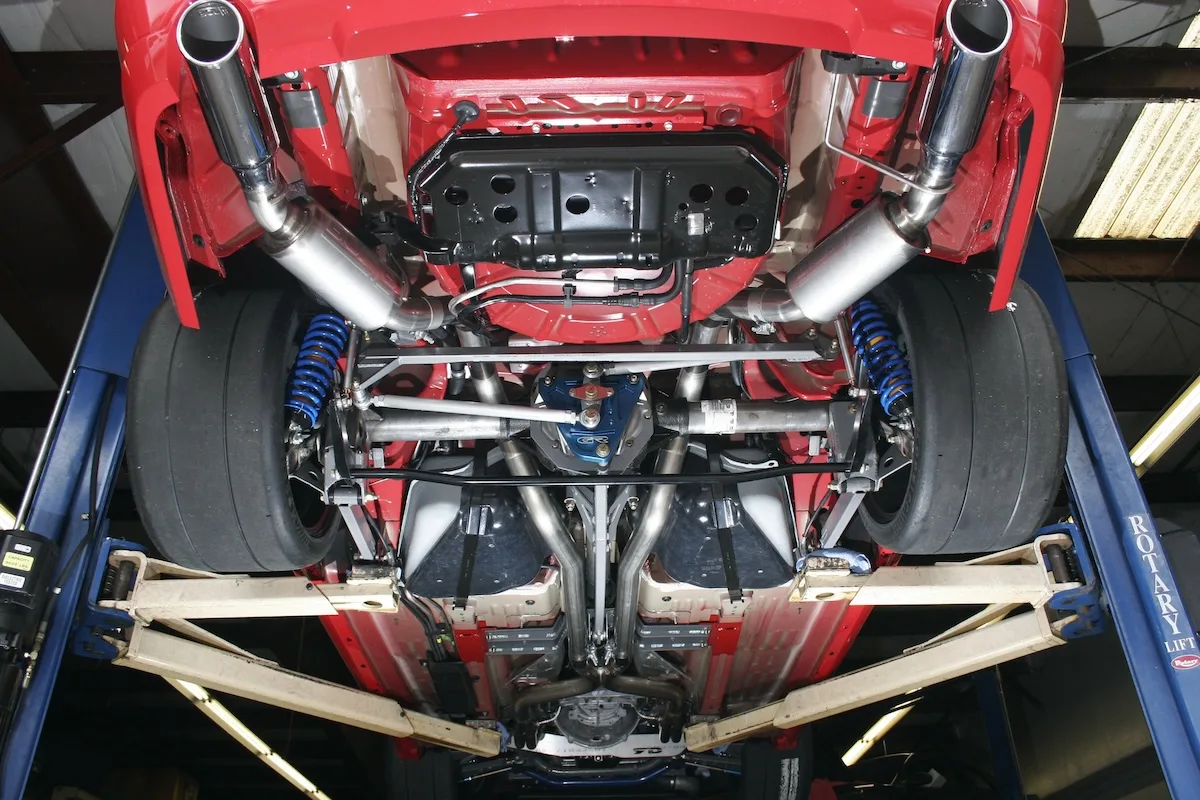The suspension system plays a crucial role in ensuring a smooth and stable ride for vehicles. One important component of this system is the Watt’s link, which provides a unique axle centering mechanism. In this article, we will delve into the workings of a Watt’s link and understand how it contributes to the overall performance of a vehicle’s suspension.
What is a Watts Link?
A Watt’s link, also known as a Watt’s linkage or a parallel motion linkage, is a type of suspension linkage that helps to control the lateral movement of the rear axle in a vehicle. It was invented by James Watt, a Scottish inventor, in the 18th century.
The primary function of a Watts link is to keep the rear axle centered and prevent it from moving side to side during suspension travel. This is achieved through a combination of linkages and pivot points that work together to maintain axle alignment.
How Does it Work?
A Watts link consists of several key components:
- Two parallel links: These are typically steel bars that are connected to the chassis of the vehicle at one end and to the rear axle at the other end.
- A central pivot: This is a pivot point located between the two parallel links. It allows the links to move independently while maintaining a fixed distance between them.
When the vehicle encounters uneven terrain or cornering forces, the suspension system compresses or extends, causing the rear axle to move vertically. As the axle moves up and down, the parallel links of the Watt’s link rotate around their respective pivot points, allowing the axle to articulate while remaining centered. Unlike a pan hard par found on most vehicles the Watt’s link has almost zero lateral movement and the axle travels in a relatively straight line instead of an ark.
The lateral locating mechanism, whether it’s a track bar or a panhard rod, plays a crucial role in maintaining the axle’s lateral position. It helps to resist the lateral forces exerted on the axle during cornering, ensuring that the axle stays centered and aligned with the chassis.
Benefits of a Watts Link

The Watts link offers several advantages over other types of suspension systems:
- Improved axle control: By keeping the rear axle centered, the Watts link provides better control over the movement of the axle. This results in improved stability and handling, especially during cornering.
- Reduced lateral movement: The lateral locating mechanism of the Watts link minimizes the side-to-side movement of the axle, reducing body roll and improving overall stability.
- Consistent tire contact: With the axle centered, the tires maintain better contact with the road surface, resulting in improved traction and grip.
- Adjustability: The Watts link can be designed with adjustable pivot points, allowing for fine-tuning of the suspension system to suit different driving conditions and preferences.
Disadvantages
There is one disadvantage to the Watt’s link. It can over rotate and flip the pivot point reversing the top and bottom link. Leaving you in a bind quite literally. Proper geometry and limiting travel to match the Watt’s link will keep this from happening.
Conclusion
The Watts link is a key component of a vehicle’s suspension system, providing an effective axle centering mechanism. By reducing the arc the rear axle travels you gain tire clearance to the frame, less suspension bind, and better on road control. The alternative to this is to do a triangulated 4-link eliminating the need for a Watt’s link or pan hard bar altogether. Like the Watt’s link there are packaging issues on modern off-road vehicles that we will look at in future articles.









